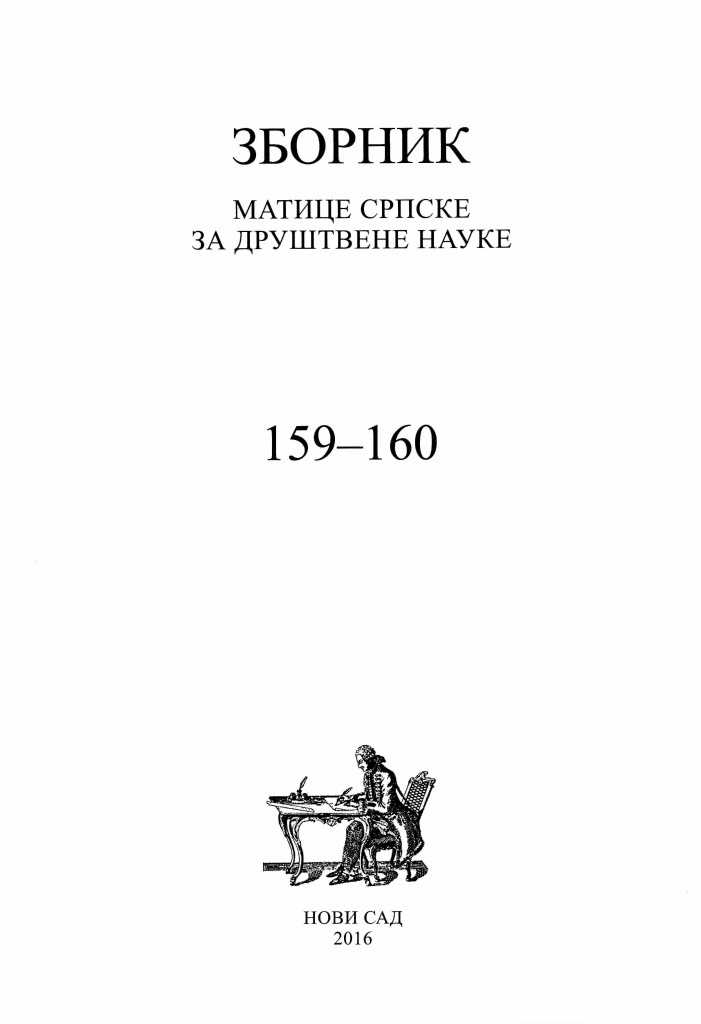Приступачност аудиовизуелног садржаjа особама с инвалидитетом у контексту људских права
Audiovisual Content Accessibility for Persons with Disabilities in the Human Rights Framevork
Author(s): Zoran LutovacSubject(s): Human Rights and Humanitarian Law, Social differentiation
Published by: Матица српска
Keywords: persons with disabilities; accessibility; audiovisual content; human rights; equal treatment
Summary/Abstract: Accessibility of audiovisual content for people with disabilities is strongly related to the right of freedom of opinion and expression, right to the equal treatment and the right to freedom from discrimination. UN, Council of Europe and the European Union regulate the issue of accessibility, including the accessibility of information and communication technology, ICT, by a number of documents − conventions, charters, directives, etc. However, the most important international instrument stressing this issue in the context of human rights is the UN Convention on the Rights of Persons with Disabilities. Enormous developments in the field of ICT open up a large scope of opportunities for persons with disabilities to have barrier-free access to the audiovisual content. Among other things, digital distribution should make the audiovisual content fully accessible to all. The legal framework of the Republic of Serbia regulating this issue in general is in line with European standards, however, the percentage of fully accessible audiovisual content is far below acceptable in Europe. Stronger obligations for private and public broadcasters to provide fully accessible media content, the introduction of quotas, giving new and more binding powers to telecom and media regulatory body, etc., are some of the ideas that, applied in Europe, had generated much better situation in the audiovisual area for people with sensory impairments. Without redefined and more binding obligations of broadcasters, without larger powers of regulatory bodies, which would mean the possibility of introducing sanctions for certain actions or lack of action of both public and private media services, at this level of social responsibility awareness, media service providers can always refer to the lack of technical and financial capacities in their response why they did not provide accessible content in their programs. Hence, only with great optimism it can be expected that audiovisual area in Serbia in the near future will be barrier-free in a more significant extent in order to finally achieve the goal of audiovisual world accessible to all.
Journal: Зборник Матице српске за друштвене науке
- Issue Year: 2016
- Issue No: 159-160
- Page Range: 859-875
- Page Count: 17
- Language: Serbian

